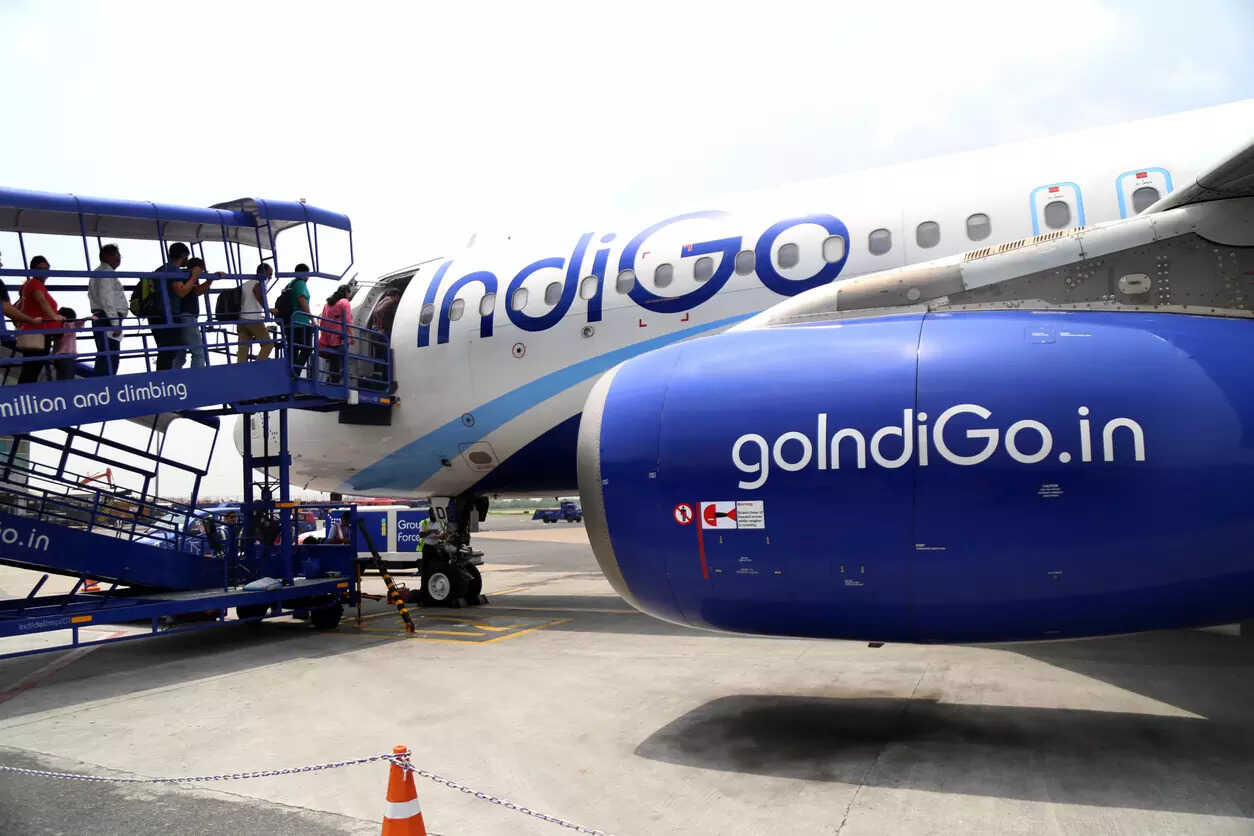Get ready for bigger biscuits and bottles! FMCG companies are bringing back popular price points like Rs 5 and Rs 20 by mid-November. Following GST rate cuts, companies will now offer increased product quantities instead of lower prices, ensuring a win-win for consumers and retailers. This move aims to simplify transactions and restore consumer satisfaction.
Blog Post:
Bigger Biscuits, Same Price: How FMCG Brands are Navigating GST 2.0
Remember the days when a rupee could buy you a whole lot more than it does now? Well, in the world of FMCG (Fast-Moving Consumer Goods), the concept of “more for your money” is getting a subtle, yet significant, makeover. Forget drastic price cuts; the new game in town is offering increased quantity at the same price point. Sounds intriguing, right? Let’s dive into how this “GST 2.0 benefit” is being passed on to consumers.
The recent GST (Goods and Services Tax) council decisions have presented FMCG companies with a unique challenge and opportunity. Instead of slashing prices across the board, which can disrupt carefully calibrated brand perceptions and profit margins, many are opting for a cleverer strategy: “grammage increase.” Essentially, you’re still paying the same amount, but you’re getting more product in return. Think of it as a silent upgrade to your favorite biscuit packet or shampoo bottle.
Why Not Just Lower Prices?
You might wonder, why not just reduce the price and keep things simple? The answer lies in the complex psychology of pricing and the delicate balancing act FMCG companies perform to maintain brand value. A price cut can sometimes signal a reduction in quality or a shift in market positioning, which can be detrimental in the long run. Moreover, once a price is lowered, it can be challenging to raise it again without alienating consumers.
Grammage increase, on the other hand, offers a more subtle and flexible approach. It provides consumers with a tangible benefit without fundamentally altering the perceived value of the product. It’s a win-win, at least in theory. Brands maintain their price points, protect their margins, and consumers feel like they’re getting a better deal.
The Biscuit Battleground: A Case Study
The biscuit industry serves as a prime example of this strategy in action. With thin margins and high volume sales, even small fluctuations in input costs or taxes can have a significant impact on profitability. Instead of reducing the price of a biscuit packet, manufacturers are quietly adding a few extra biscuits inside. You might not notice it immediately, but that extra biscuit or two adds up, especially for regular consumers.
This strategy also allows companies to remain competitive without engaging in destructive price wars. One brand increasing the quantity in their packet encourages others to follow suit, leading to a gradual increase in value for the consumer across the board. For example, check out how to stock your pantry efficiently for more insights on value-driven shopping.
More Than Just Biscuits: The Broader Implications
While biscuits are a visible example, this trend extends far beyond just sweet treats. From soaps and detergents to packaged snacks and personal care products, many FMCG categories are seeing similar adjustments. Companies are carefully analyzing their product portfolios to identify opportunities for grammage increases that will have the most impact on consumers’ perception of value.
The Challenges and Opportunities
Of course, this strategy isn’t without its challenges. Maintaining consistent quality and ensuring that the increased quantity doesn’t compromise packaging or shelf life are crucial considerations. Also, companies need to effectively communicate the added value to consumers without explicitly stating “we’re not lowering prices.” Subtlety is key.
However, the opportunities are significant. By focusing on grammage increases, FMCG companies can build stronger brand loyalty, protect their profit margins, and navigate the complexities of the GST regime more effectively. This approach fosters a sense of value among consumers, encouraging repeat purchases and helping brands stand out in a crowded marketplace.
A New Era of Consumer Value?
The era of straightforward price reductions might be fading, replaced by a more nuanced approach to delivering value to consumers. By embracing grammage increases and other innovative strategies, FMCG companies are adapting to the evolving economic landscape and ensuring they remain competitive in the long run. Ultimately, whether this shift truly benefits consumers hinges on transparency and genuine value, not just clever marketing. Only time will tell if this “silent upgrade” will truly resonate with shoppers and shape the future of FMCG.
URL Slug: fmcg-brands-gst-benefits







